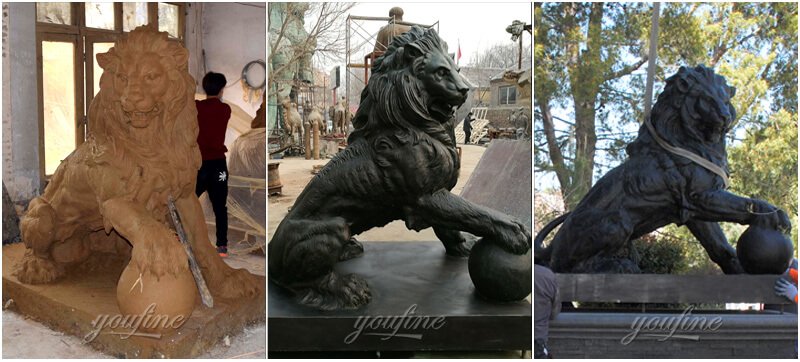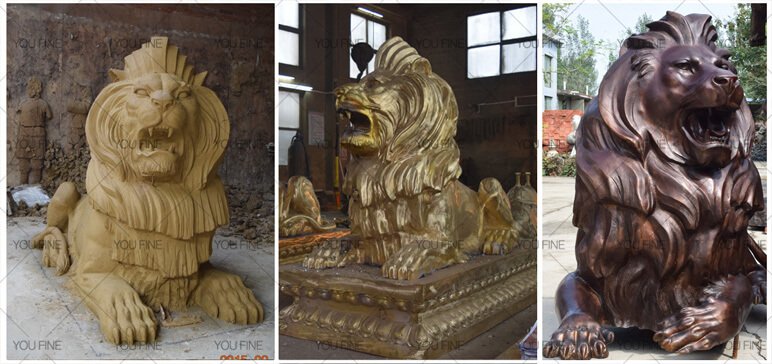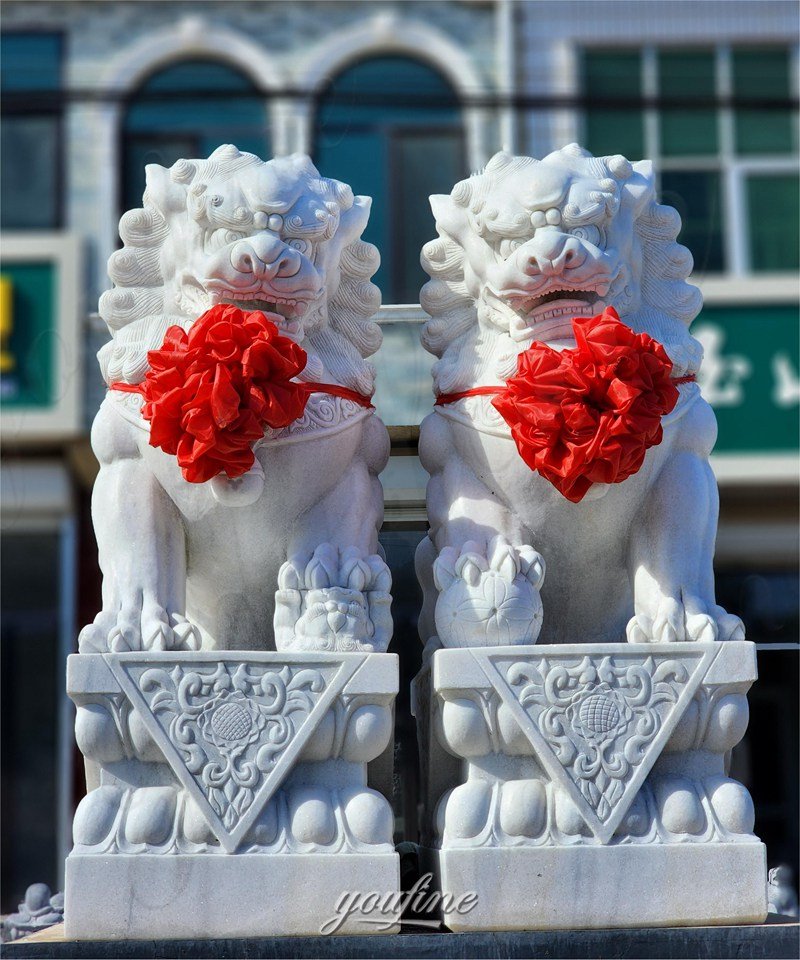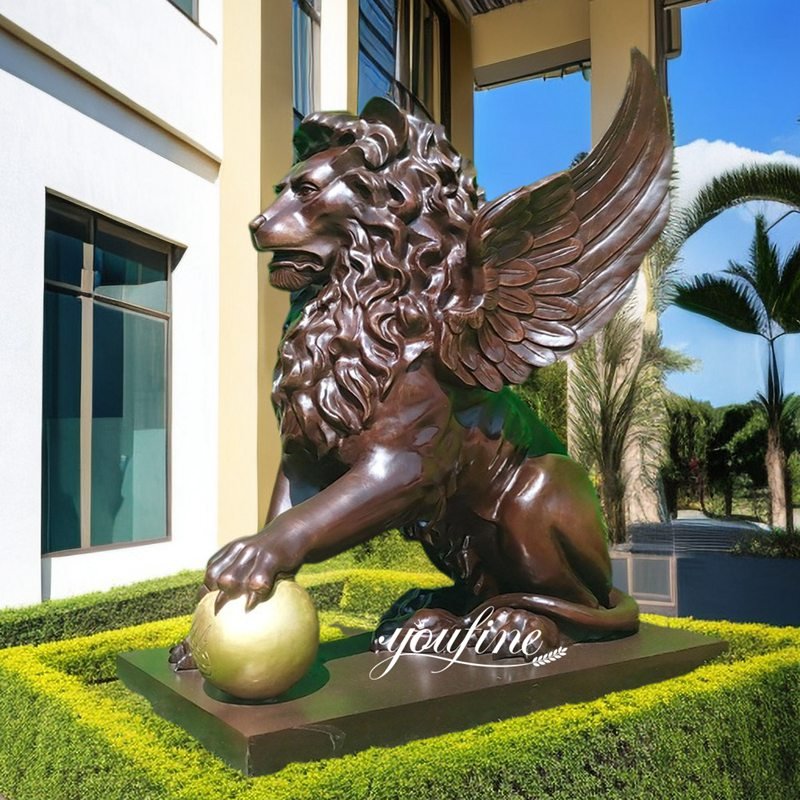In the BC of Three BC, somewhere between the Black Sea and the Persian Gulf, an artist made a vision out of beeswax, covered it with liquid clay and cooked it in a fire. In flames, the wax is lost and replaced by empty space. Collect and heat tin and copper-bronze alloys. Once melted, the metal is poured into the cavity of the fire-hardened clay. After the metal cools, the sculptor knocks the clay off the metal.

The first bronze was cast. Ancient “lost wax” bronze castings have withstood centuries of trials and have visually narrated stories of past cultures, religions and social structures.

For example: Chinese bronzes often depict ritual images, Indian and Egyptian castings usually represent deities, Africans cast natural images, and Greeks reconstruct human images. Many of these cultures are outdated, religions have developed and societies have changed, but there is still an interesting visual history through surviving bronze works. Some elements of the “lost wax” process have indeed improved, but today’s bronze casting is essentially the same as the A.D of the 2000 Akkadian period.







